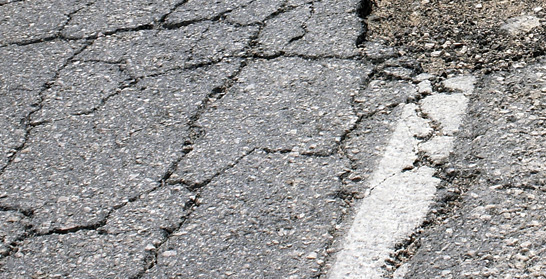Concrete has revolutionized global infrastructure. In fact, about half of everything that gets made in the world is constructed with concrete. Because modern society depends on the maintenance and upkeep of concrete, scientists are working to discover a way for concrete to look after itself.
At Del Zotto Products of Florida, we produce the finest steel forms for precast, dry cast and ready mix concrete on the market. We understand the importance of concrete. As industry experts, we’re intrigued by the idea of self-healing concrete. Keep reading to learn how this material works.
What Is Self-Healing Concrete?
In the simplest terms, self-healing concrete is concrete with the capacity to repair its own cracks and imperfections. When it comes to using concrete in construction, structural integrity is a major concern. As a result, a great deal of time and effort is put into ensuring that the concrete is in excellent condition. Self-healing concrete requires no human intervention to remain in tip-top shape.
How Does Self-Healing Concrete Work?
Unlike regular concrete, self-healing concrete contains bacteria called bacillus pasteurii, along with a form of starch that serves as food for the bacteria. These bacteria stay dormant in the concrete until a crack forms and air gets in. This change wakes up the bacteria and leads them to eat the starch that has been added to the concrete. As the bacteria eat, grow and reproduce, they excrete calcite, which is a form of calcium carbonate. When the calcite bonds to the concrete, it fills the crack and seals it up.
How Effective Is Self-Healing Concrete?
With the help of bacillus pasteurii, cracked concrete can recover 90% of its initial strength. According to Professor Victor Li at the University of Michigan, “When we load [the concrete] again after it heals, it behaves just like new, with practically the same stiffness and strength. Self-healing of crack damage recovers any stiffness lost when the material was damaged and returns it to its pristine state.” In other words, using bacteria to jump-start the healing process is an excellent way to teach concrete to repair itself.
Since concrete is used every day for all manner of construction, it stands to reason that this innovation could make infrastructure safer and more durable. The use of bacillus pasteurii not only reverses deterioration, but could also minimize the costs and environmental effects of building new structures. Moreover, repairs made with this kind of concrete are likely to last longer than their traditional counterparts.
There’s no denying that the world is changing every day. Concrete is changing with it. As time progresses, we can’t wait to see what more will develop with self-healing concrete.
Our team at Del Zotto Products wants to help you with your next concrete project. For more information about our forms or training for precasters, contact us or reach out via social media.


